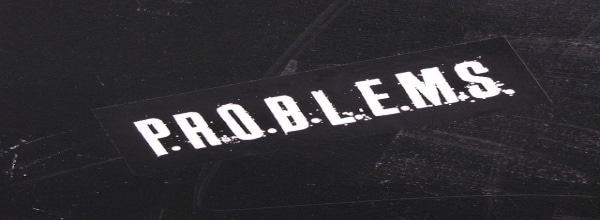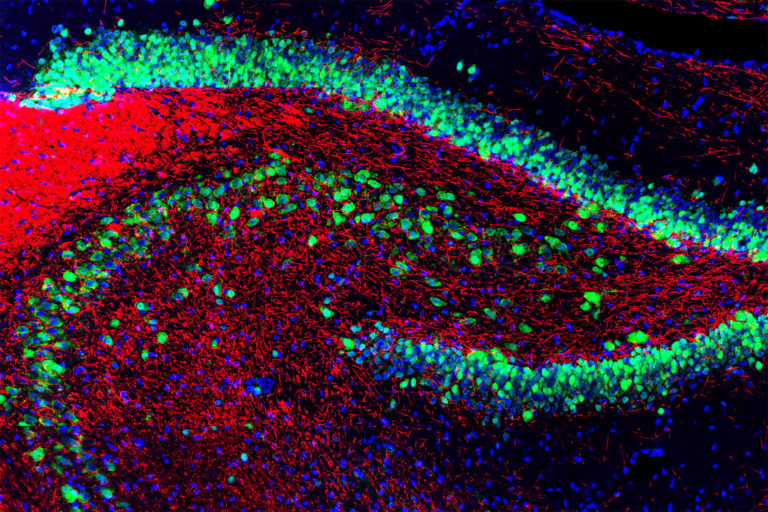If you were to peek into a protein biochemist’s bag of tricks, what would you find? A mortar and pestle for collecting samples, some columns for isolating proteins and a mass spec instrument? Perhaps. But what about those little eppendorf tubes full of enzymes and helpful molecules? Certainly, each scientist has his/her own favorite. Here are some of mine:
Glycosidases
If you study glycoproteins, then glycosidases are your friends. Glycosidases remove sugar residues, mainly N-linked glycans. You can use glycosidases to confirm the presence of sugars on your protein and also to study trafficking of the protein. Now let’s look at the different types of glycosidases:
Endonuclease H (Endo H)
Endo H cleaves asparagine (N)-linked high mannose oligosaccharides and some hybrid oligosaccharides – sugars that are added in the endoplasmic reticulum (ER). This means that you can use Endo H to determine if your protein is an ER or Golgi resident, as sugars added in the Golgi will be resistant to Endo H digestion unlike those in the ER.
Peptide –N-Glycosidase F (PNGase F)
PNGase F cleaves between the innermost glycan linkage and all N-linked sugars. Therefore you can use PNGase F to discriminate between N-linked or O-linked sugars and to monitor trafficking of your protein out of the ER.
Together Endo H and PNGase F can be used sequentially or together to follow the trafficking of a protein throughout the secretory system of the cell.
Protein Transport Inhibitors
Protein transport inhibitors, such as those below, can be used to trap proteins within compartments in the cell.
Brefeldin A (BFA)
BFA was originally isolated as an antibiotic, but has proven its muster in protein transport research. BFA inhibits the formation of COPII-mediated transport vesicles necessary for moving proteins from the ER to the Golgi. Therefore, treatment of cells with BFA redistributes proteins normally found in the cis/medial Golgi complex to the ER.
BFA is cell permeable and its effects are reversible allowing live imaging studies. It is the secret weapon in the popular flow cytometry intracellular cytokine staining (ICS) assay, and is used to study viral assembly and budding, antigen presentation and secretion, among other things.
Monensin
Monensin is an antibiotic often used in cows and, like BFA, it is also used to inhibit transport of proteins out of the ER. Monensin works by interacting with the Golgi transmembrane Na++/H+ transporter. Monensin has proven to be a potent inhibitor of cytokine secretion. Similar to BFA, it is useful in the ISA assay.
Nocodazole
Nocodazole is a cancer drug that interferes with the formation of microtubules, inhibiting vesicular transport of proteins. In eukaryotes, treatment with nocodazole results in disruption of the Golgi and accumulation of Golgi stacks throughout the cell. Nocodazole is particularly useful in studying transport of proteins in neurons.
Proteases
Although you might want to stay away from proteases to protect your protein samples, they can be useful too. In fact, proteases are used in a number of techniques. For example:
- Proteases are used in protease protection assays to determine the topology of proteins within living cells or in isolated membranes. Assays that look at the susceptibility of different protein domains to cleavage by proteases.
- To isolate recombinant proteins: proteins can be tagged with a fusion protein, which is then cleaved with a specific protease to release the desired protein.
- Proteases are also used in mass spectrometry to break proteins into smaller peptides prior to analysis.
Protease Inhibitors
It would be criminal of me not to mention the importance of protease inhibitors for protein research. Protease inhibitors prevent degradation of proteins in your samples and limit the action of proteases added purposefully (for example in the aforementioned assays). Different inhibitors target different proteases, so you usually need to use more than one type. To learn more about proteases and how to use them to preserve your samples be sure to check out these other great BitesizeBio articles.
These are just some of the many tools important to protein biochemists. What are some of your favorites?







